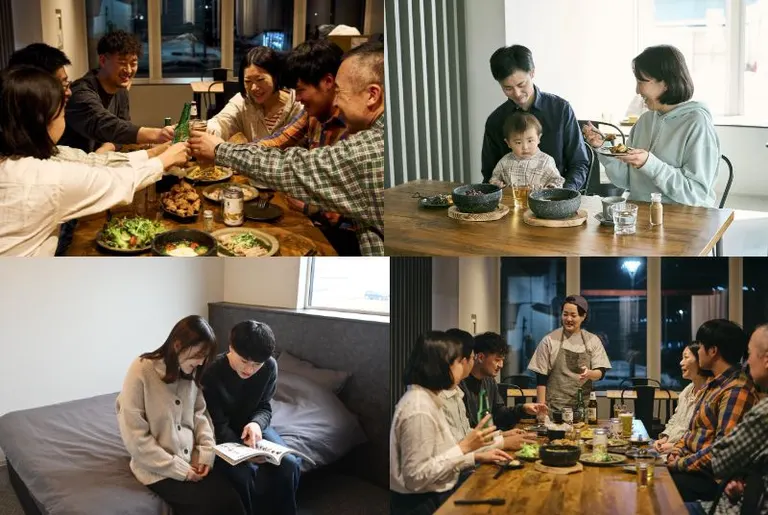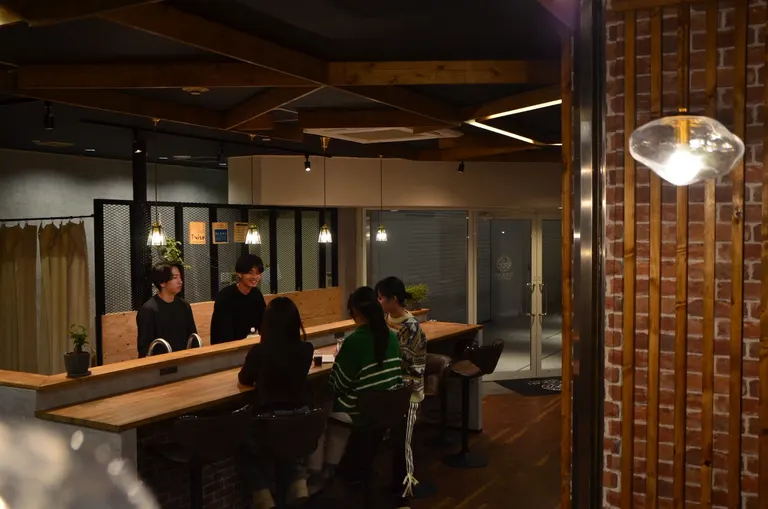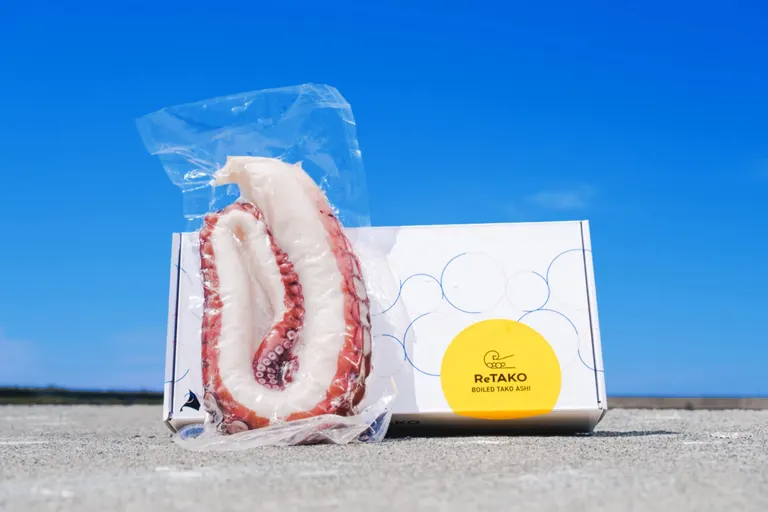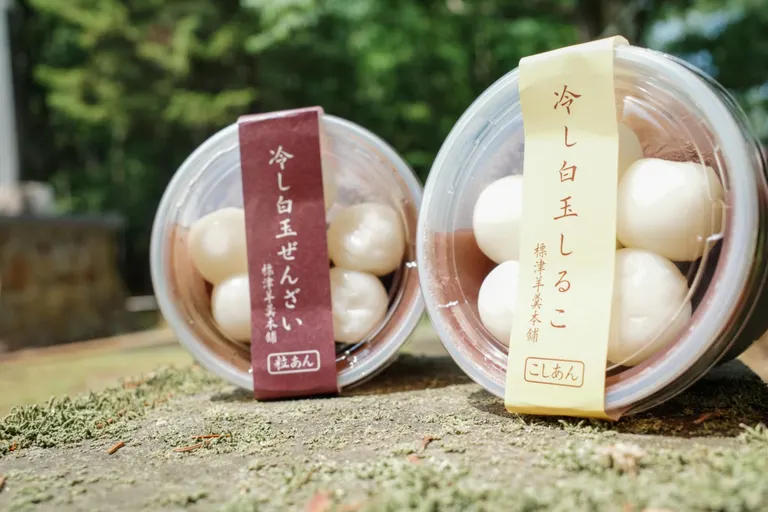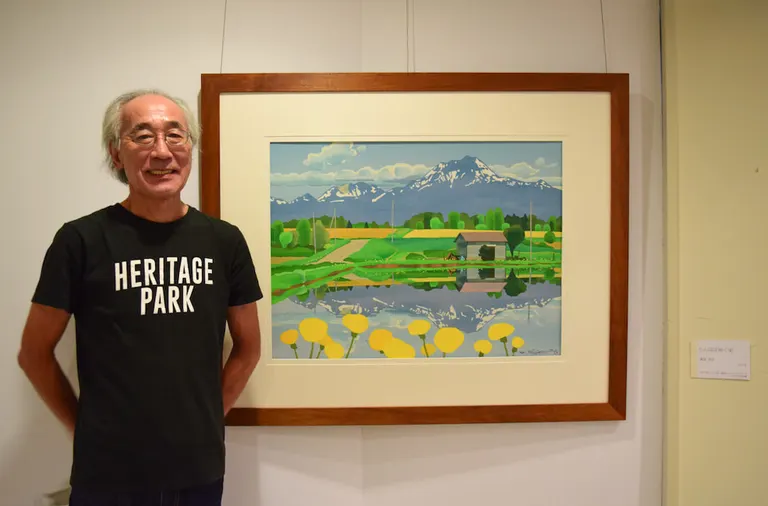
ARTICLES
Let's go see the colorful scenery of Hokkaido depicted in "collage"! Hideyuki Fujikura's artwork
![[Image name]](https://p1-634a4370.imageflux.jp/w=768,f=webp:auto,q=78/https%3A%2F%2Fdomingo.ne.jp%2Fwp%2Fwp-content%2Fuploads%2F2022%2F09%2Ff11256372045e208e831e23c5188569d.jpg)
"Poppies Swaying in Summer" (2011)
You can see such works at the exhibition currently being held at the Arishima Memorial Museum in Niseko, " The Fujikura Brothers Toyoaki, Hideyuki, and Takayuki: The Path They Walked ." The three brothers were born and raised in Iwanai, Hokkaido. The eldest brother, Toyoaki, is a designer, the second brother, Hideyuki, is an illustrator, and the third brother, Takayuki, is a photographer. They are all successful in the advertising design industry.
![[Image name]](https://p1-634a4370.imageflux.jp/w=768,f=webp:auto,q=78/https%3A%2F%2Fdomingo.ne.jp%2Fwp%2Fwp-content%2Fuploads%2F2022%2F09%2F0b1f1a495d7b0c330f48cd5d892dd4fd.jpg)
Exhibition of the three brothers Toyoaki, Hideyuki and Takayuki Fujikura: "The Path They Walked"
This time we will introduce Fujikura Hideyuki, who is known for his works depicting Hokkaido scenery. His works are attractive because they capture the majestic scenery of various parts of Hokkaido and express it in vivid colors. He depicts scenery seen from roads and train windows that are not tourist spots but are used by locals on a daily basis, making us feel fond of the scenery that is part of our daily lives. Many people will have the feeling that "I've never seen it before, but I know it."
![[Image name]](https://p1-634a4370.imageflux.jp/w=768,f=webp:auto,q=78/https%3A%2F%2Fdomingo.ne.jp%2Fwp%2Fwp-content%2Fuploads%2F2022%2F09%2F1a0b6f9340774ec6b66af07ba3fda2f0.jpg)
"Spring Breeze Passing" (2012)
The first thing that really comes through in his work is its warmth. The detail and colors, like a painting, capture the hearts of those who see it. After trying out various painting techniques, Hideyuki finally arrived at a way to create his work by coloring the edges of pieces of colored construction paper he had torn by hand, then layering and pasting them together.
![[Image name]](https://p1-634a4370.imageflux.jp/w=768,f=webp:auto,q=78/https%3A%2F%2Fdomingo.ne.jp%2Fwp%2Fwp-content%2Fuploads%2F2022%2F09%2F1be21c6d2c3b17eaae1726542c27eb56.jpg)
Production Scene
"In the beginning, I made a lot of collages using a cutter, but the lines made with a cutter are sharp and cold, and lack warmth. So I try to tear them apart by hand as much as possible. I think this style is well suited to depicting the feel of Hokkaido's landscapes."
![[Image name]](https://p1-634a4370.imageflux.jp/w=768,f=webp:auto,q=78/https%3A%2F%2Fdomingo.ne.jp%2Fwp%2Fwp-content%2Fuploads%2F2022%2F09%2F561278dfbfd2b8832ee28bf43ee5a2d6.jpg)
"Snowfield" (1988) A work from the time when cutters were used extensively
![[Image name]](https://p1-634a4370.imageflux.jp/w=768,f=webp:auto,q=78/https%3A%2F%2Fdomingo.ne.jp%2Fwp%2Fwp-content%2Fuploads%2F2022%2F09%2Fd0acf836c8e98dade70a27d133aac1ee.jpg)
"From Nusamai Bridge" (2012) A work created after he started tearing the paper by hand
Each of the countless pieces is colored to express shadows, and then pasted in order from the bottom up like a puzzle. The works are attractive because they make use of the "texture of the paper." Although they use the "collage" technique, they are particular about scraping the surface of the pasted paper to make it thinner, as they want it to be seen as a "painting."
![[Image name]](https://p1-634a4370.imageflux.jp/w=768,f=webp:auto,q=78/https%3A%2F%2Fdomingo.ne.jp%2Fwp%2Fwp-content%2Fuploads%2F2022%2F09%2Fa9948f2eae1b186e2f36d0b96e297db2.jpg)
"Cape Nosappu" (2011)
Hideyuki Fujikura became independent at the age of 26. Until he was in his 30s, he worked in advertising design, creating sports-related illustrations and flyers for clients. "Design is subject to trends. I realized I couldn't continue with design for long, and I wanted to draw pictures after all. I gradually focused on drawing, and was able to make a living from it alone."
![[Image name]](https://p1-634a4370.imageflux.jp/w=768,f=webp:auto,q=78/https%3A%2F%2Fdomingo.ne.jp%2Fwp%2Fwp-content%2Fuploads%2F2022%2F09%2F30b8ac87b385a26b5ada6c79198140c7.jpg)
When I entered my 30s, I started to draw scenes from my Hokkaido that I remember fondly. The works I created around this time were a combination of cutouts on black paper and color. The detailed expression creates a sense of nostalgia with a sense of reality.
![[Image name]](https://p1-634a4370.imageflux.jp/w=768,f=webp:auto,q=78/https%3A%2F%2Fdomingo.ne.jp%2Fwp%2Fwp-content%2Fuploads%2F2022%2F09%2F523a687d892322b598e8889fac8c7f3a.jpg)
Cutouts from the 80s
Fujikura says that the paper cutting technique was the best way to convey such a nostalgic landscape. There are people in the painting, which brings out the beauty of the landscape. He also paid special attention to their facial expressions. "It's not a smiling or angry face, just a calm face. I tried to create an expression that could be interpreted differently by the viewer. If you add too many expressions, the eye is drawn to the person." After the period of paper cutting, Fujikura next wanted to paint landscapes of Hokkaido. This is when he started creating the now-famous "collage" works.
![[Image name]](https://p1-634a4370.imageflux.jp/w=768,f=webp:auto,q=78/https%3A%2F%2Fdomingo.ne.jp%2Fwp%2Fwp-content%2Fuploads%2F2022%2F09%2Ff5e678e441dc507e169c8e1afd1ed584.jpg)
"Sea Sound" (1992)
The clear outlines of the figures are gone, and even when people are depicted, they are seen from behind. His works are now dominated by landscapes. For the first two or three years, Fujikura created works with the theme of "Winter in Hokkaido." What prompted him to start drawing landscapes of the four seasons was that he was in charge of the cover of a JR in-car magazine.
![[Image name]](https://p1-634a4370.imageflux.jp/w=768,f=webp:auto,q=78/https%3A%2F%2Fdomingo.ne.jp%2Fwp%2Fwp-content%2Fuploads%2F2022%2F09%2F4abe4edac87de95bef62bb5a4d5e7269.jpg)
JR in-car magazine
From 1992 to the present, she has been featured on the cover of in-train magazines that convey the seasonal joys of Hokkaido. As he gets older, his works become more and more detailed. This is clear when looking at his 2020 work, "When Dandelions Bloom."
![[Image name]](https://p1-634a4370.imageflux.jp/w=768,f=webp:auto,q=78/https%3A%2F%2Fdomingo.ne.jp%2Fwp%2Fwp-content%2Fuploads%2F2022%2F09%2F5ebf435988a8e5692d1d826553e65c90.jpg)
"When the Dandelions Bloom" (2020) and Fujikura
"The most difficult thing is the scenery reflected on the water's surface. It's not like the same thing is reflected, because it's a little different, and because it's far away you can only see up to that point. But the scenery is beautiful and it's interesting as a picture, so even though I know it's difficult, I can't stop."
We asked Fujikura, who spoke with an innocent smile, about his future goals. "I just want to make a living by painting. And if I'm going to make a living by painting, I want to be satisfied with it, create something new, and have the feeling of 'I've found a great piece of work!' While I'm creating it myself. That way, my work becomes more and more elaborate. You can see more and more clearly. Even when I think about what I'd do if I quit my job, I think I'd still be painting."
![[Image name]](https://p1-634a4370.imageflux.jp/w=768,f=webp:auto,q=78/https%3A%2F%2Fdomingo.ne.jp%2Fwp%2Fwp-content%2Fuploads%2F2022%2F09%2F0fdc2b422ea4e6ce53ff02264e1eb417.jpg)
"Niseko in August" (2011)
Hideyuki Fujikura became independent at the age of 26 and is soon celebrating his 50th anniversary. His determination and great joy in "making a living through painting" has allowed him to continue producing wonderful works. Be sure to visit the Arishima Memorial Museum to see Fujikura's works.

![[Image name]](https://p1-634a4370.imageflux.jp/w=768,f=webp:auto,q=78/https%3A%2F%2Fdomingo.ne.jp%2Fwp%2Fwp-content%2Fuploads%2F2022%2F09%2F0b1f1a495d7b0c330f48cd5d892dd4fd.jpg)
■Event period: July 23rd (Saturday) to October 2nd (Sunday) See details of "Fujikura Toyoaki, Hideyuki, and Takayuki: The Era (Path) the Three Walked" on Domingo






